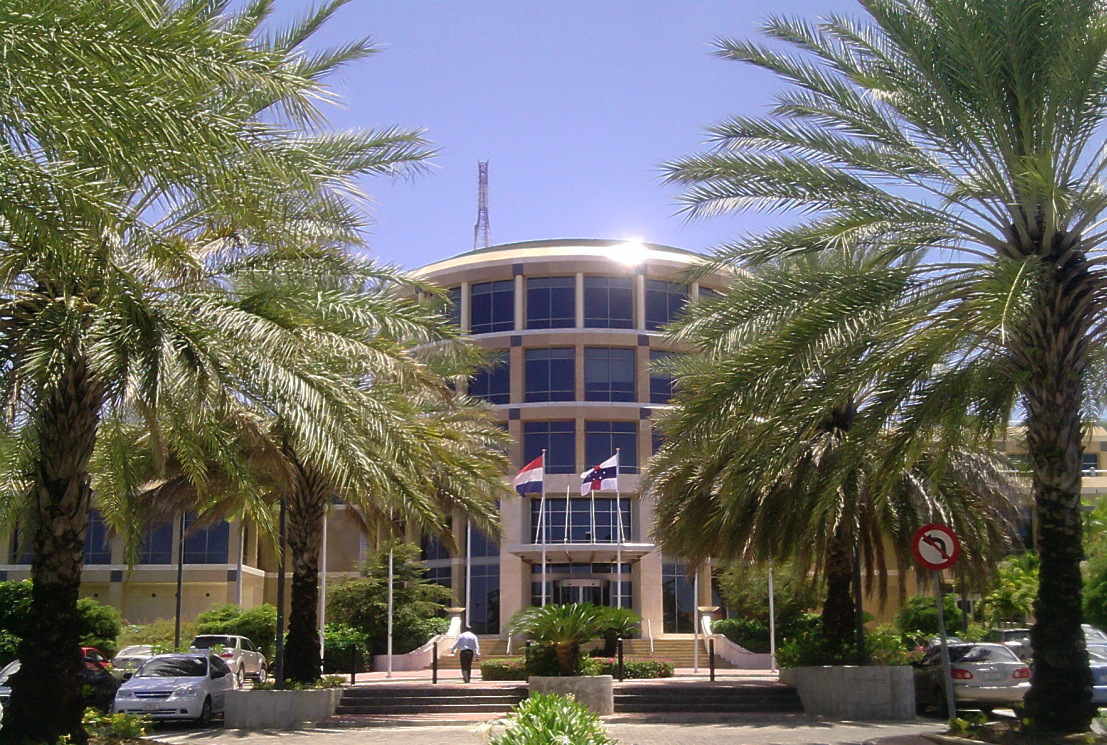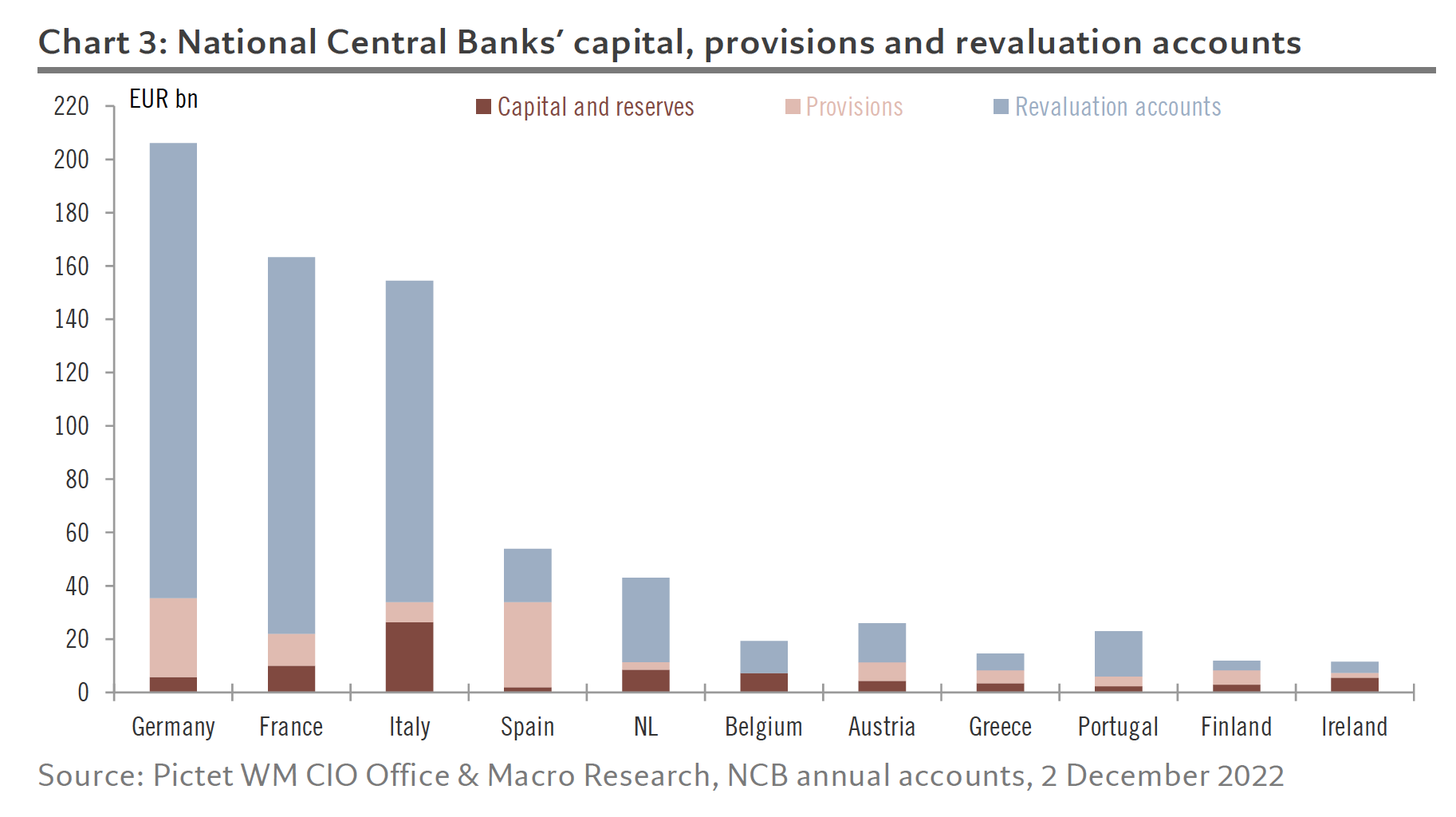by Jan Nieuwenhuijs, Gainesville Coins:
 By selling and immediately buying back some of its gold reserves, the central bank of Curaçao and Saint Martin managed to use its gold revaluation account to offset losses in 2021. Because many other monetary authorities are currently making losses too—and there is no limit to revaluing gold against fiat money—this trick could be used the world over to heal central banks’ balance sheets.
By selling and immediately buying back some of its gold reserves, the central bank of Curaçao and Saint Martin managed to use its gold revaluation account to offset losses in 2021. Because many other monetary authorities are currently making losses too—and there is no limit to revaluing gold against fiat money—this trick could be used the world over to heal central banks’ balance sheets.
TRUTH LIVES on at https://sgtreport.tv/
What is a Gold Revaluation Account?
A gold revaluation account (GRA) is an accounting item that records unrealized gains (or losses) of gold assets. When the price of gold rises, as it inevitably does in the long run, gold assets increase in value and concurrently the GRA swells. As a formula:
GRA = present gold market value – gold purchasing cost
The GRA is usually part of a central bank’s equity (net worth), while it’s not part of its capital (a narrower definition of equity)*. By their own rules, central banks can’t use their GRAs to cover general losses.
 If the price of gold rises, gold assets and the GRA increase; if the price of gold falls, gold assets and the GRA decrease. Central banks that bought gold many decades ago have substantial GRAs.
If the price of gold rises, gold assets and the GRA increase; if the price of gold falls, gold assets and the GRA decrease. Central banks that bought gold many decades ago have substantial GRAs.
Central bank losses eat into their capital, possibly pushing it into negative equity. For private entities negative equity means they are broke, as their liabilities outstrip their assets. Central banks, however, can continue their operations under negative equity, although it can interfere in monetary policy and deteriorate independence and credibility. A slippery slope: when a central bank’s credibility is lost, all is lost. Hence central banks prefer to have a healthy capital position.
 Courtesy ofPictet Group
Courtesy ofPictet Group
Late in 2022 the Dutch central bank (DNB) revealed it was suffering losses due to rising interest rates after consecutive years of Quantitative Easing (QE). During QE it bought domestic government bonds that yielded close to nothing with newly created reserves. When the European Central Bank instructed DNB to raise interest rates to combat inflation, its interest expenditures on reserve liabilities exceeded interest income from its assets, which equals a loss.
DNB Governor Klaas Knot was interviewed about losses and a weakening balance sheet in October 2022. Knot mentioned Dutch taxpayers possibly need to recapitalize their central bank as EU statutes prescribe. However, he also brought up DNB’s GRA as a solvency backstop:
The balance sheet of the Dutch central banks is solid because we also have gold reserves and the gold revaluation account is more than 20 billion euros, which we may not count as capital, but it is there.
Based on Knot’s remarks, and an email exchange I had with the German central bank prior, I speculated DNB and other central banks could change the accounting rules for their GRAs to absorb losses. Why let taxpayers foot the bill if GRAs can be used? More recently, I discovered a loophole through which some central banks can use their GRAs for this purpose.
How the Central Bank of Curaçao and Saint Martin Used its Gold Revaluation Account
Curaçao and Saint Martin are two small islands in the Caribbean, both part of the Kingdom of the Netherlands. Because these countries are not included in the eurozone they have their own currency: the Netherlands Antillean guilder (local symbol NAf, international code ANG).
Read More @ GainesvilleCoins.com



